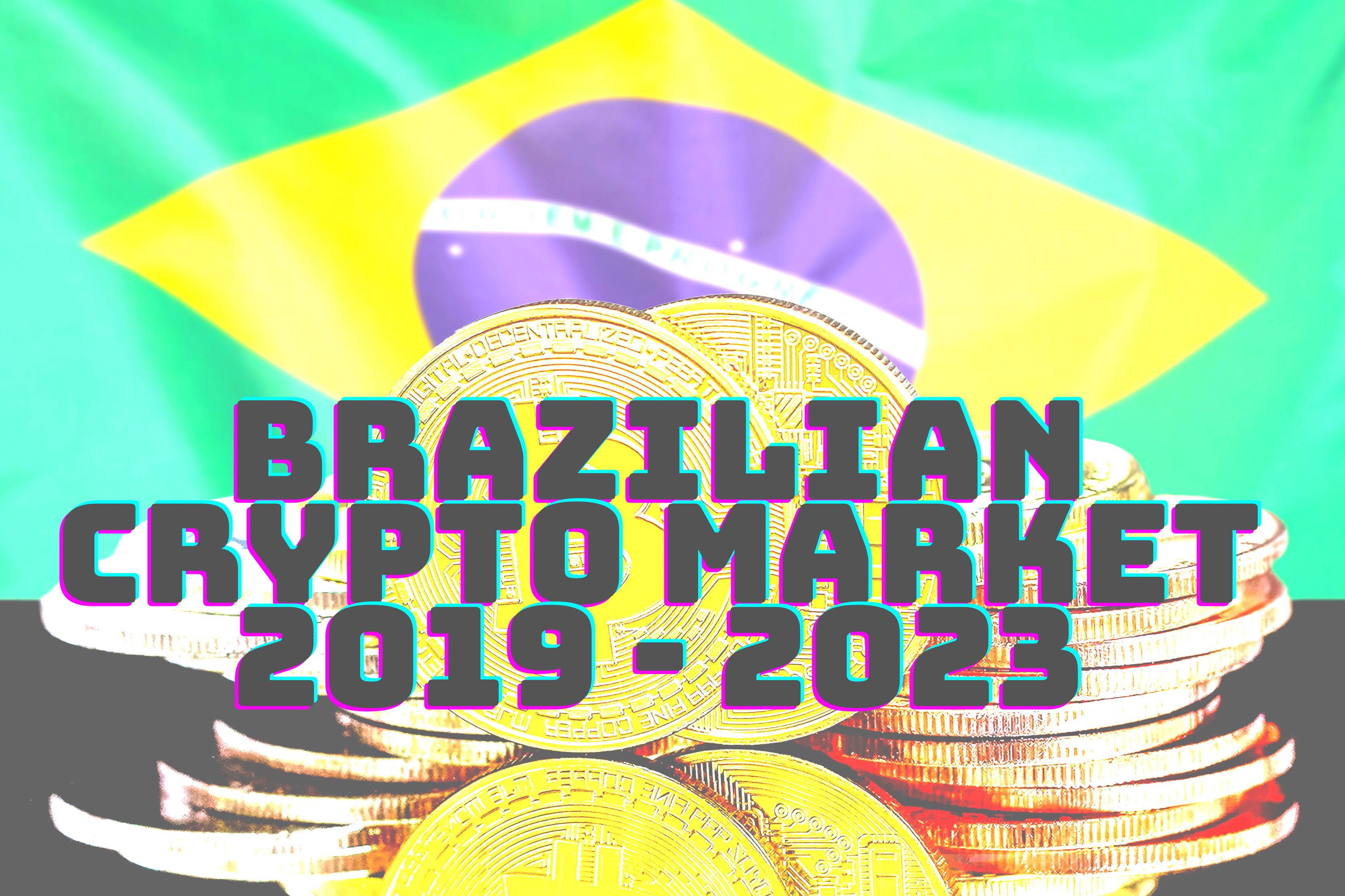As of the current date, the highest transaction volume recorded in a single month occurred in May 2021, reaching US$ 5 billion. This notable surge was evidently linked to the last bull market.
During this period, the market dynamics were already evident, showcasing the dominance of stablecoins. In May 2021, Bitcoin transactions amounted to US$ 1.3 billion, while transactions in USDT reached US$ 2.1 billion. This gap would significantly widen in the subsequent months.
Bitcoin reached its All-Time High on November 10th, reaching US$ 69,044.77 per unit, according to the CoinGecko index. In that month, the Brazilian market witnessed transactions totaling US$ 3.7 billion, involving 529,000 citizens and 7,025 companies with registered trades. This total volume would only be surpassed in February 2023.
On December 22nd, 2022, the then President of Brazil, Jair Bolsonaro, signed a bill that established a set of regulations for the Brazilian crypto market.
The bill mandates that companies operating in the crypto space must have an official presence in Brazil. It also provides definitions for virtual assets and imposes stricter penalties for financial crimes. Importantly, the bill grants the Executive branch the authority to designate the government institution that will serve as the regulatory force for the crypto market. The current president, Luiz Inácio Lula da Silva, has chosen the Central Bank for this role.
After a tumultuous year in 2022, the global crypto market began a recovery in 2023. The data from the Brazilian market reveals remarkable resilience: every month, starting from January, has seen transactions of at least US$ 3 billion.
This level of consistency wasn't even witnessed during the peak of the bull market in 2021. The driving forces behind this outstanding performance include institutional adoption by major financial companies and the escalating price of Bitcoin; by November 20th, the largest cryptocurrency had surged by 126% since January 1st.
In August 2019, the Brazilian IRS began collecting data, revealing a total transaction volume of US$ 782 million. This marked the initial point, which remains the lowest in the market. Since then, the monthly total volume has never dipped below US$ 1 billion.

